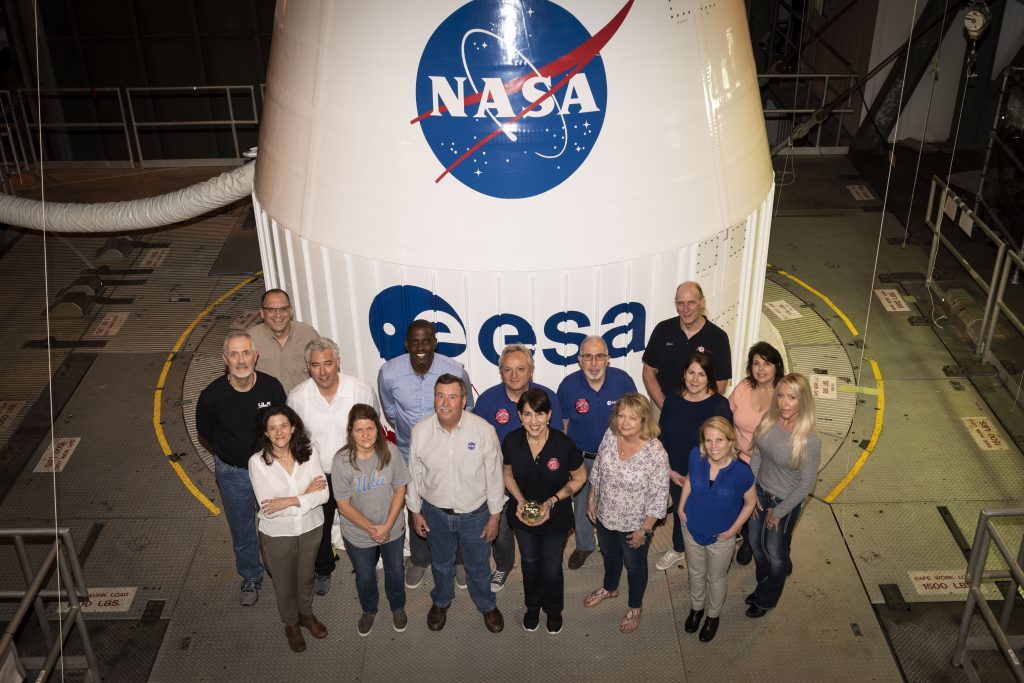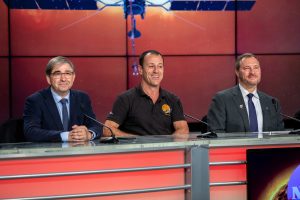Solar Orbiter “Go” for Launch on Sunday, Feb. 9

Solar Orbiter, an international collaborative mission between the European Space Agency (ESA) and NASA, has been given the “go” for launch on Sunday, Feb. 9, aboard a United Launch Alliance (ULA) Atlas V rocket. Liftoff from Space Launch Complex 41 at Florida’s Cape Canaveral Air Force Station is targeted for 11:03 p.m. EST.

The mission was cleared to proceed during the launch readiness review held Friday morning at the agency’s Kennedy Space Center. ESA, NASA and ULA officials evaluated the status of the spacecraft, rocket and ground-based assets needed to support launch. All parties were “go” at the review, according to NASA Launch Director Tim Dunn.
Weather conditions at launch time are expected to be favorable, with an 80% chance of meeting all the criteria for liftoff. Weather Officer Jessica Williams of the U.S. Air Force 45th Space Wing predicts a high pressure moving into the area in the wake of a cold front will keep clouds and moisture at bay for several days. An onshore flow from the east could bring in some cumulus clouds and ground winds, and those are the primary weather concerns for launch on Sunday.
The Atlas V rocket, topped by the payload fairing containing the Solar Orbiter spacecraft, is scheduled to roll from the Vertical Integration Facility to the launch pad at Space Launch Complex 41 on Saturday morning, Feb. 8. NASA EDGE will provide live coverage of the rollout from 10:15 to 10:45 a.m. Watch live on Facebook or YouTube.
Coverage of the countdown and liftoff will begin at 10:30 p.m. EST on Sunday, Feb. 9, on NASA TV, NASA TV online, and here on the launch blog.
Solar Orbiter will observe the Sun with high spatial resolution telescopes and capture observations in the environment directly surrounding the spacecraft to create a one-of-a-kind picture of how the Sun can affect the space environment throughout the solar system. The spacecraft also will provide the first-ever images of the Sun’s poles and the never-before-observed magnetic environment there, which helps drive the Sun’s 11-year solar cycle and its periodic outpouring of solar storms.

























